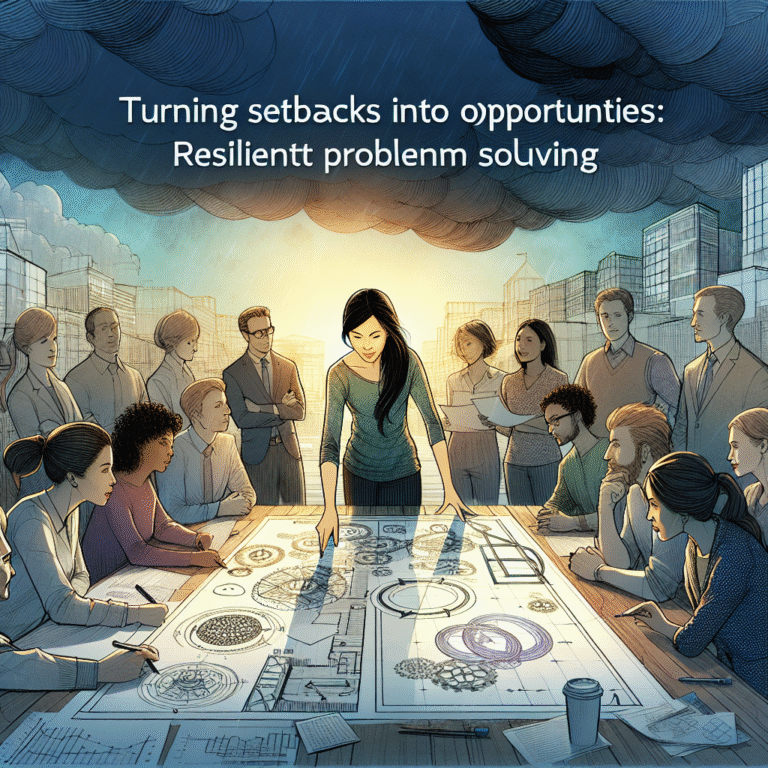Introduction
In a world crowded with information and competing distractions, capturing user attention has become an essential skill for UX designers. Unlocking Visual Attention: How Eye Tracking is Changing UX Design addresses this critical challenge by employing advanced eye-tracking technology to understand how users interact with digital products. As digital interfaces grow increasingly complex, leveraging eye tracking can offer unparalleled insights, allowing designers to create user experiences that resonate profoundly with their audience.
The Science of Visual Attention
Understanding visual attention begins with recognizing how users process visual information. The human eye is naturally drawn to specific elements—like bright colors, movement, or familiar shapes. Eye-tracking technology captures these movements, revealing which areas of a screen garner the most attention and which elements are overlooked.
Why Eye Tracking Matters
Enhanced Understanding of User Behavior: Eye tracking allows designers to see the exact path users take when navigating a page, highlighting where their attention lingers and what captures their interest.
Identifying UI/UX Areas for Improvement: Information gleaned from eye-tracking studies can pinpoint confusing areas within an interface, enabling designers to make informed modifications.
- Data-Driven Design Decisions: By utilizing objective eye-tracking data, designers can mitigate assumptions and biases, making decisions grounded in real user behavior.
Eye Tracking Technology: An Overview
Eye tracking involves specialized devices or software that monitor and record eye movements. The technology can be split into two main types:
Remote Eye Trackers: Devices that are integrated into screens or cameras, allowing users to interact naturally without any additional equipment.
- Mobile Eye Trackers: Glasses or headsets worn by users, providing insights into how they interact with real-world environments or mobile interfaces.
Case Studies: The Real-World Impact of Eye Tracking
Case Study 1: The E-Commerce Revolution
A leading e-commerce company implemented eye-tracking studies to enhance its product pages. By monitoring user attention, designers discovered that large, high-quality images drawn away focus from product descriptions.
Insights Gained:
- Focus Redistribution: Images must be eye-catching yet support the context of the information presented.
- Importance of Hierarchy: Key information should be positioned where user attention naturally falls.
Case Study 2: Streamlining Navigation
A popular news website employed eye tracking to analyze user behaviors on their landing pages. Findings revealed that users often missed vital navigation links buried within advertisements.
Insights Gained:
- Ad Placement Optimization: Ads need to be strategically placed to avoid disrupting the flow of essential navigation elements.
- Clutter Reduction: A clean interface helps in retaining user focus on primary content.
Case Study 3: Mobile App Usability
A mobile banking app utilized eye tracking to analyze how users engaged with transaction screens. The study highlighted that users often overlooked the security features, which could lead to distrust.
Insights Gained:
- Feature Visibility: Important features must be emphasized visually on the screen.
- Trust Elements: Incorporating familiar icons or safety certifications can enhance user confidence.
Key Findings from Eye Tracking Research
To maximize user experience, here are some critical elements designers should pay attention to:
| Element | Eye-Tracking Insight |
|---|---|
| Color | Bright colors draw immediate attention. |
| Movement | Animated elements capture the eye faster than static ones. |
| Contrast | High contrast areas are more likely to be noticed. |
| White Space | Effective use of white space improves focus on important content. |
| Text Size | Larger text tends to engage the eye more effectively. |
The Impact on UX Design Trends
Unlocking Visual Attention: How Eye Tracking is Changing UX Design is reshaping design trends across multiple industries:
Personalized User Experiences
With eye tracking, designers can create personalized interfaces that cater to specific user preferences. By analyzing how different demographic groups interact with digital content, tailored experiences can be crafted, making navigation intuitive and enjoyable.
Data Visualization
Effective data presentation has become crucial in UX design. Eye-tracking insights are transforming how information is displayed, minimizing cognitive load and improving user comprehension.
Proactive Design
Rather than reactively addressing issues post-launch, eye tracking empowers designers to anticipate user needs. This proactive approach fosters innovation, as adjustments can be made during the design phase based on real-time feedback.
The Future of Eye Tracking in UX Design
As technology advances, the potential of eye tracking within UX design will continue to expand. Integrating artificial intelligence with eye-tracking technology promises even greater insights, making it possible to predict user behaviors more accurately.
Ethical Considerations
While eye tracking can unlock remarkable insights, it also raises ethical concerns. User privacy and consent must be prioritized, ensuring that data collection is transparent and respectful.
Conclusion
Unlocking Visual Attention: How Eye Tracking is Changing UX Design is undeniably a game changer in the field of user experience. The profound insights gleaned from eye-tracking studies enable designers to make informed decisions that ultimately enhance user engagement and satisfaction. By harnessing this technology, UX professionals can create intuitive and captivating experiences tailored to their audiences.
As technology continues to evolve, staying abreast of eye-tracking advancements will be crucial. Designers who embrace this shift will not only improve their work but also pave the way for the future of digital interactions.
FAQs
1. What is eye tracking, and how does it work?
Eye tracking is a technology that uses cameras and specialized software to monitor and record eye movements, providing insights into how people interact with visual content.
2. Is eye tracking intrusive?
When done ethically, eye tracking is less intrusive compared to surveys or interviews. Users should always be informed and provide consent before tracking.
3. How can eye tracking improve e-commerce websites?
Eye tracking identifies what catches users’ attention, helping to enhance layout and product placements, leading to increased conversion rates.
4. Can eye tracking be used for mobile app design?
Absolutely! Eye tracking provides valuable insights into touch interactions and user focus, helping in optimizing mobile app experiences.
5. What are common eye-tracking tools?
Popular tools include Tobii, EyeLink, and SMI, which offer various solutions for both remote and mobile eye-tracking studies.
By exploring the dynamic relationship between eye tracking and UX design, professionals are equipped with the insights needed to create compelling, user-centric digital experiences. Embracing this technology is more than a trend; it’s an essential step towards designing the future of user interaction.














